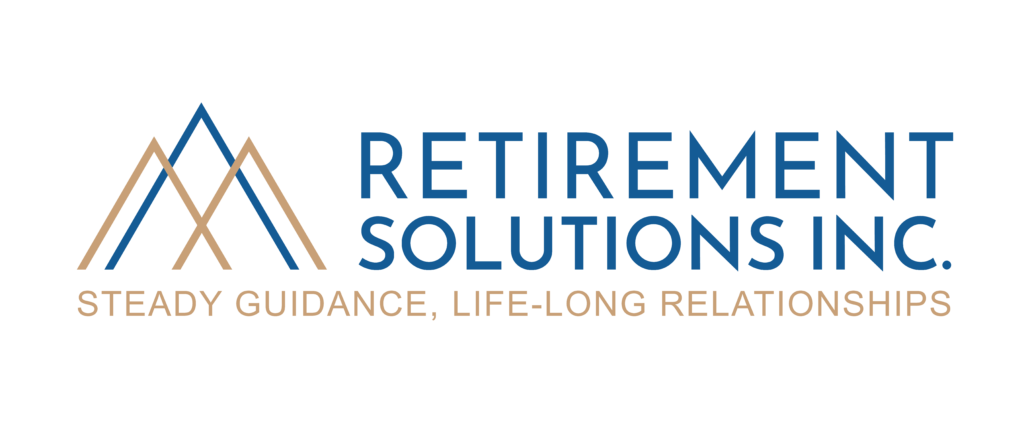The Pros and Cons of Charitable Giving Strategies
Once you have provided for your own personal expenses and retirement, it may be time to consider how your money could benefit others.
Giving away some of your money is a great way to support the people and organizations you love. But choosing the right strategy is essential for minimizing your taxes and meeting your personal goals.
Gifting Strategy Overview
CASH
| How It Works | Pros | Cons | Traditionally Used For |
| You make a donation directly via cash or check. It’s the giving strategy most are familiar with. | Eligible for income tax benefits in the calendar year of donation (subject to limitations) Straightforward tax benefits Simple donation process | Must acquire and track written record of donation to qualify for tax benefit Capital gains tax may apply if you liquidate appreciated securities to make the donation | Those making smaller donations that don’t require liquidating appreciated securities Those who want a simple donation process |
SECURITIES
| How It Works | Pros | Cons | Traditionally Used For |
| Similar to cash donations, you can also gift different securities to a charity. Stocks are the most commonly gifted securities. | Eligible for income tax benefits in the calendar year of donation (subject to limitations) Avoids the capital gains tax you would incur if appreciated securities would need to be liquidated to make a cash donation If you’ve held a stock for over a year and it has appreciated, you can deduct its fair market value from your taxes | Must acquire and track written record of donation to qualify for tax benefit Some charities struggle to liquidate complex or privately-held securities If you’ve held your stocks for less than a year or they’ve depreciated, the tax benefits don’t apply | Those who want to maximize their tax benefits and have a portfolio that’s ideal for charitable giving Those donating to charities that are accustomed to liquidating securities |
QUALIFIED CHARITABLE DISTRIBUTIONS (QCDs)
| How It Works | Pros | Cons | Traditionally Used For |
| Funds transfer directly from your individual retirement account (IRA) to a qualifying charity of your choice. | Lowers adjusted gross income (AGI) Counts toward your required minimum distributions for the year in which the contributions are made Reduces the amount of taxable money in the IRA overall | You must be a certain age to contribute There are contribution limits Not all charities qualify to receive QCDs Not eligible for itemized charitable tax deduction Must work with your IRA custodian to make your contribution directly from the account Must acquire and track written record of donation to qualify for tax benefit | Those who don’t want to or can’t itemize on their taxes but want to lower their required minimum distributions, which counts toward AGI Those who want to convert their traditional IRA to a Roth IRA at a lower tax rate |
DONOR-ADVISED FUNDS (DAF)
| How It Works | Pros | Cons | Traditionally Used For |
| This method allows you to set aside assets in a special account, grow the funds over time, and then grant donations to qualifying charities of your choice at a later date. | Eligible for income tax benefits in the calendar year assets are deposited Ability to invest and grow contributions tax-free Full control over where and when donations are distributed Ability to pass the account to heirs | Invested assets are irrevocable Not all charities qualify to receive donations from a DAF Minimums are often required to open an account Asset management fees apply | Those still developing their philanthropy strategy Those who want the tax benefits of a donation in a certain calendar year, but distribute the donation at a different time Those hoping to avoid capital gains tax or estate tax on donations |
POOLED INCOME FUND
| How It Works | Pros | Cons | Traditionally Used For |
| This method allows multiple contributors to donate to a special account managed by a nonprofit. The assets can grow over time and pay out dividends to all contributors. After the contributors pass away, the remaining funds go to the managing nonprofit. | Eligible for income tax benefits in the calendar year assets are deposited Flexible payout options Avoid capital gains tax on appreciated securities donated Assets aren’t considered part of the donor’s estate and avoid probate | Invested assets are irrevocable Complex regulations around what types of assets can be donated Assets aren’t available to the charity during your lifetime | Those with a modest income who still want to make a charitable impact |
CHARITABLE LEAD TRUST (CLT)
| How It Works | Pros | Cons | Traditionally Used For |
| Assets in a CLT create income for a charity over the term of the trust. After the term is over or the donor passes away, the remaining assets funnel to non-charitable beneficiaries. | Eligible for income tax benefits in the calendar year assets are deposited Charity payment amount, frequency, and duration are flexible Avoid capital gains tax on any appreciated securities donated Reduces estate and gift taxes Ability to see the immediate impact of charitable donations Ability to pass wealth to heirs | Invested assets are irrevocable Heavy administrative demands and upkeep can make it expensive to maintain Assets are part of your estate and aren’t entirely exempt from estate and gift taxes | Those that want to pass assets to heirs while reducing the impact of gift and estate taxes Those who want to see the impact of their charitable giving upfront |
CHARITABLE REMAINDER TRUST (CRT)
| How It Works | Pros | Cons | Traditionally Used For |
| Assets housed in a CRT create income for non-charitable beneficiaries over the term of the trust. After the term is over or the donor passes away, the remaining assets funnel to charity. | Eligible for income tax benefits in the calendar year assets are deposited Assets aren’t considered part of the donor’s estate and avoid probate Avoid capital gains tax on any appreciated securities donated Generates income for you and beneficiaries Income amount, frequency, and duration is flexible Assets are generally not subject to gift or estate taxes | Invested assets are irrevocable Heavy administrative demands and upkeep can make the account expensive to maintain Assets aren’t available to the charity during the trust term or your lifetime The value of the charitable gift could be diminished significantly without proper income planning CRT benefits won’t be realized with small gifts or estates | Those with large estates, gifts, or appreciated assets that want to maximize their tax benefits while gifting to a charity Those who require income for themselves or others, but still want to give |
How to Identify the Right Strategy
These are only some of the many giving strategies available. The best choice depends on many factors, including your unique financial and philanthropic goals.
Talk to a financial professional about which giving strategy best suits you.




